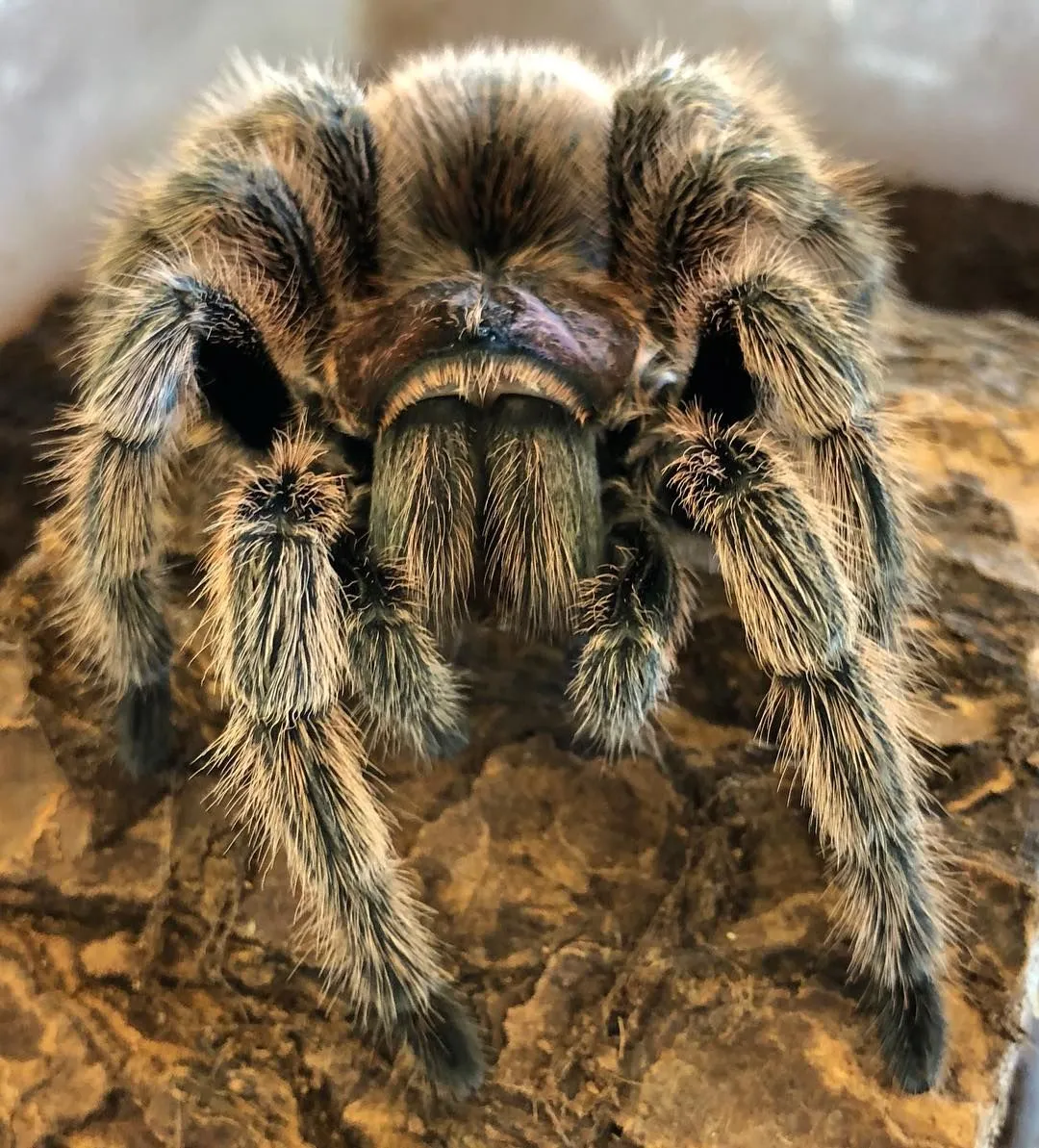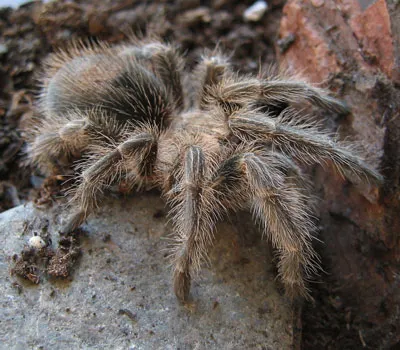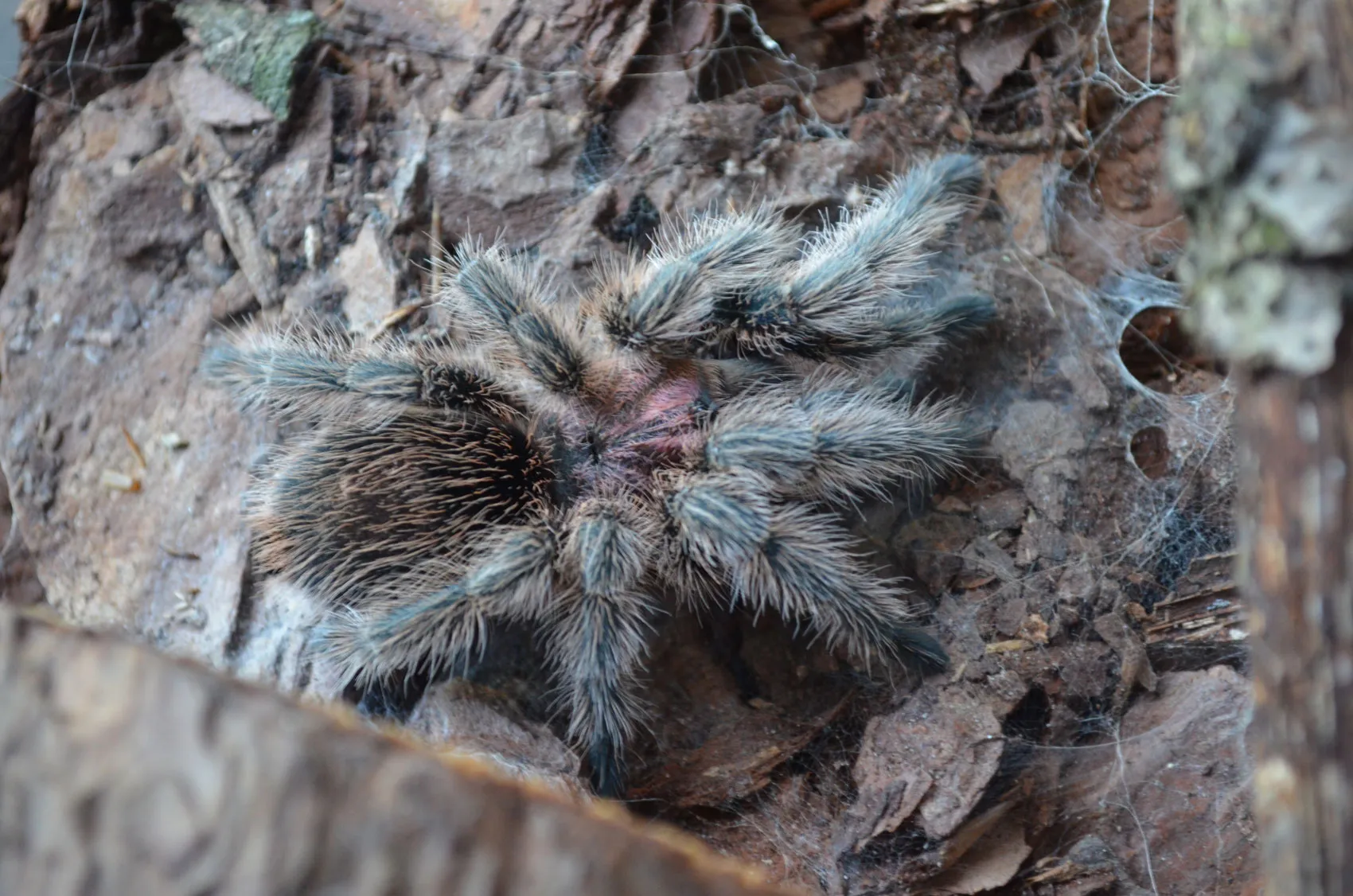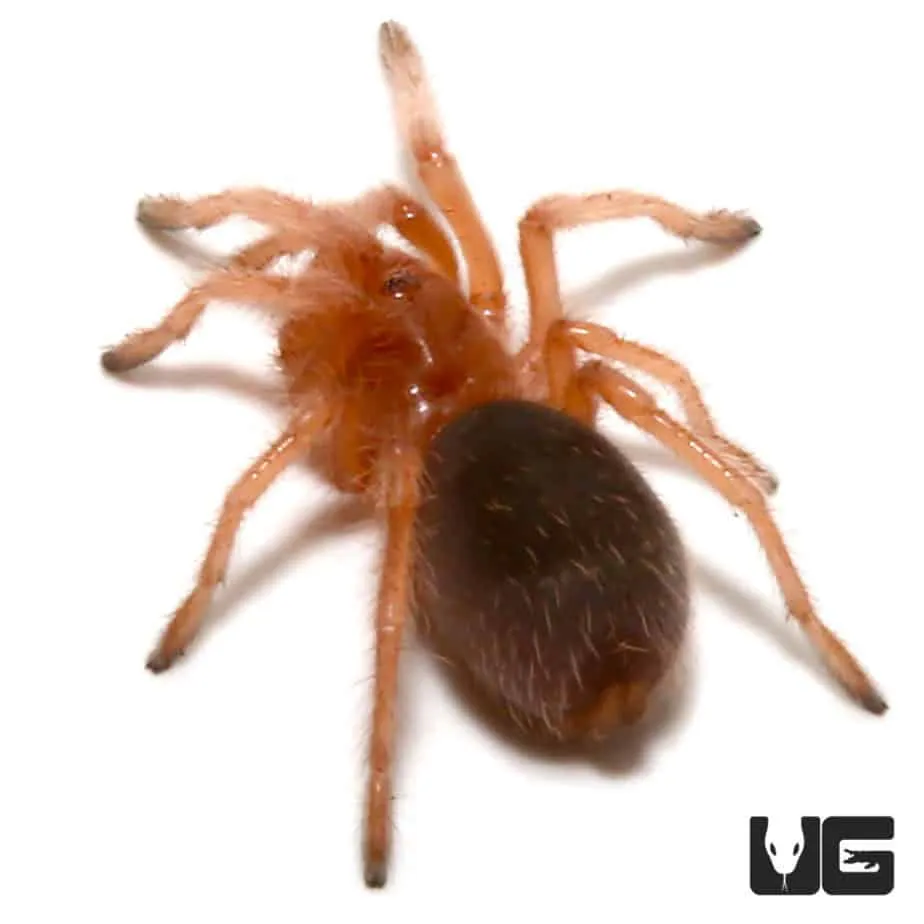The rose hair tarantula, Grammostola rosea, is a popular choice for beginner tarantula keepers due to its docile nature and relatively easy care requirements. If you’re considering adding one of these fascinating creatures to your family, you’re in the right place. This guide will walk you through everything you need to know about where to buy a rose hair tarantula and how to get started with responsible tarantula ownership. From finding a reputable seller to setting up the perfect habitat, we’ll cover all the essentials to ensure a happy and healthy life for your new pet. Buying a rose hair tarantula can be a rewarding experience, offering a unique opportunity to observe and learn about these amazing arachnids. Let’s dive into how to make your dream a reality.
Where to Buy a Rose Hair Tarantula
Finding a healthy rose hair tarantula is the first step. The source of your tarantula is crucial to its well-being. There are several options available, each with its own advantages and considerations. Make sure to choose a reputable source to ensure the tarantula’s health and that you are receiving a species-appropriate specimen. The health of the tarantula is paramount, as well as the experience the seller has.
Online Reptile Stores
Online reptile stores offer a wide selection of tarantulas, often at competitive prices. These stores typically have detailed descriptions, photos, and sometimes videos of the tarantulas they sell. Be sure to read reviews and check the store’s shipping policies, especially regarding live animal transport. Look for stores that guarantee the health of the tarantula upon arrival. Many specialized online retailers are well-versed in tarantula care and can provide valuable advice and support. Ensure the store is reputable, with a good track record and customer service, because your new pet’s wellbeing is at stake.
Local Pet Shops

Local pet shops can be a convenient option, allowing you to see the tarantula in person before you buy it. This gives you the opportunity to assess its health and behavior directly. Ask about the tarantula’s origin and feeding schedule. The staff should be knowledgeable about tarantula care and willing to answer your questions. However, selection might be more limited compared to online stores. Check the store’s reputation and make sure their enclosures are clean and well-maintained. It is best to observe the tarantulas health before making the purchase, so you get a good specimen.
Reptile Shows and Expos
Reptile shows and expos are great places to find a variety of tarantulas from different breeders. You can often find healthier specimens and speak directly with breeders, gaining valuable insights into the tarantula’s lineage and care requirements. These events offer a fantastic opportunity to compare different vendors, ask questions, and sometimes negotiate prices. Be prepared to handle a large number of people and different conditions. Also be sure to inspect the tarantula closely and inquire about its health before making a purchase. Consider if the breeder has the proper permits, which could also be very important.
What to Consider Before Buying
Before you bring home your new rose hair tarantula, it’s important to do some research and prepare accordingly. This will ensure you are ready to provide the best possible care and create a suitable environment. Proper preparation minimizes stress for the tarantula and makes the experience more enjoyable for you. Be ready to spend time with the new pet and be as informed as possible to properly care for it, as well as enjoy it.
Researching Rose Hair Tarantulas

Learn as much as you can about rose hair tarantulas before buying one. Understand their natural habitat, dietary needs, lifespan, and common behaviors. This knowledge will help you create an appropriate enclosure and feeding schedule. Plenty of resources are available online, including care guides, forums, and videos. Check out online communities and forums to ask for advice and discuss with others with experience. The better informed you are, the better equipped you will be to care for your pet.
Health and Appearance
When choosing a tarantula, look for a healthy specimen. Check for a plump abdomen, which indicates it’s well-fed and hydrated. Look at the leg and body of the tarantula and make sure there are no signs of mites, parasites, or injuries. The tarantula should be alert and responsive. Avoid tarantulas that appear lethargic, have a sunken abdomen, or have bald patches on their abdomen. Inspect the specimen and look for any indication that it may have health issues.
Legal Considerations
Before buying a rose hair tarantula, check local and state laws regarding exotic pet ownership. Some areas have restrictions or require permits for owning tarantulas. Ensure you comply with all legal requirements to avoid any issues. Research and understand the regulations in your area, because some locales may have very strict laws about this topic.
Setting Up Your Tarantula’s Habitat

Creating the right habitat is crucial for your rose hair tarantula’s well-being. A well-designed enclosure provides the necessary environment for your tarantula to thrive, mimicking its natural habitat and promoting its health and happiness. The appropriate habitat will also improve your enjoyment and will also allow you to enjoy your new pet even more.
Choosing the Right Enclosure
A suitable enclosure is essential for your rose hair tarantula’s comfort and safety. A 10-gallon tank is generally sufficient for an adult. The enclosure should be secure, with a tight-fitting lid to prevent escapes. Choose a tank made of glass or clear plastic for good visibility. Ensure proper ventilation to maintain air quality while preventing escapes. A secure enclosure is a key element in protecting your tarantula and preventing unforeseen accidents.
Substrate and Decor
The substrate is the material that covers the bottom of the enclosure. It should be absorbent, non-toxic, and capable of retaining moisture. Good choices include coconut fiber, peat moss, or a mix of both. Provide enough substrate for the tarantula to burrow if it chooses. Decorate the enclosure with items like cork bark, branches, and artificial plants to create a more natural environment. Avoid sharp or rough items that could injure your tarantula.
Temperature and Humidity

Rose hair tarantulas thrive in temperatures between 75-85°F (24-29°C). You can use a heat lamp or a heat mat to maintain the desired temperature, especially in cooler climates. The humidity should be kept between 60-70%. Mist the enclosure with water regularly to maintain humidity levels. Use a hygrometer to monitor humidity levels. Proper temperature and humidity are essential for your tarantula’s molting process and overall health. Keep the humidity consistent for your pet’s comfort and wellbeing.
Caring for Your New Tarantula
Once you have set up your tarantula’s habitat, the next step is to focus on its daily care. This includes feeding, providing water, and handling the tarantula responsibly. Regular care and attention will ensure your pet remains healthy and happy for years to come. The proper and consistent care will help you bond with your new pet and get more enjoyment.
Feeding Your Rose Hair Tarantula
Rose hair tarantulas are opportunistic feeders, meaning they will eat whenever food is available. Feed your tarantula appropriately sized insects, such as crickets, mealworms, or roaches. Feed juveniles 2-3 times a week and adults once a week or every other week. Remove any uneaten food within 24 hours to prevent mold and mites. Always make sure the insects you feed your pet are safe, healthy and appropriate for your tarantula.
Water and Hydration

Provide a shallow water dish with fresh, clean water at all times. The dish should be shallow enough to prevent drowning. Change the water regularly to maintain hygiene. Rose hair tarantulas get most of their hydration from their food and the humidity in their enclosure, so always ensure the water is clean and fresh.
Handling and Safety
Rose hair tarantulas are generally docile, but handling should be done with caution. Avoid handling your tarantula unnecessarily, as it can stress them. If you do handle your tarantula, do so close to the ground or a soft surface in case it falls. Wash your hands before and after handling to avoid transferring any substances. Never underestimate a tarantula’s ability to bite, so always take the correct precautions.
Common Health Issues
Like any pet, rose hair tarantulas can experience health issues. Be aware of common problems like mites, dehydration, and molting issues. Regular observation and proactive care can help prevent these issues and ensure your tarantula lives a long, healthy life. Always be on the lookout and seek advice if you are worried about the health of your pet.
Buying a rose hair tarantula and providing it with proper care is a rewarding experience. By following this guide, you’ll be well-prepared to welcome a rose hair tarantula into your home and provide it with a happy and healthy life. Enjoy the unique experience of owning one of these amazing creatures and remember to always prioritize their well-being. Your new pet will thrive with the proper care and attention.
